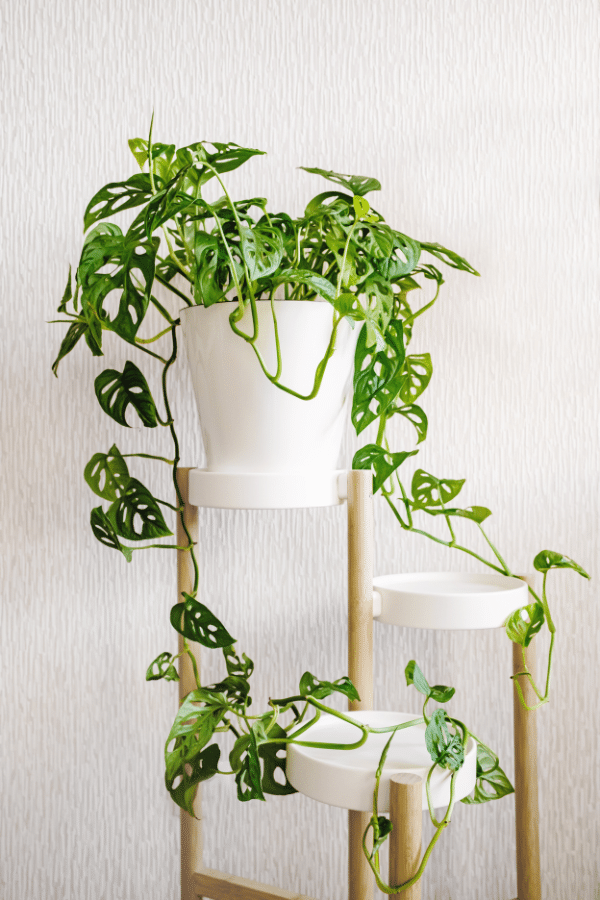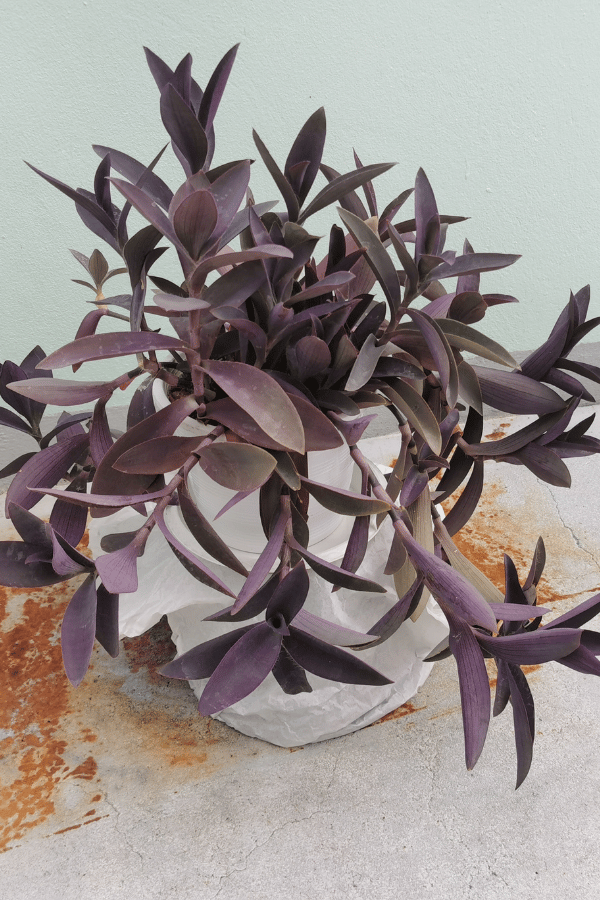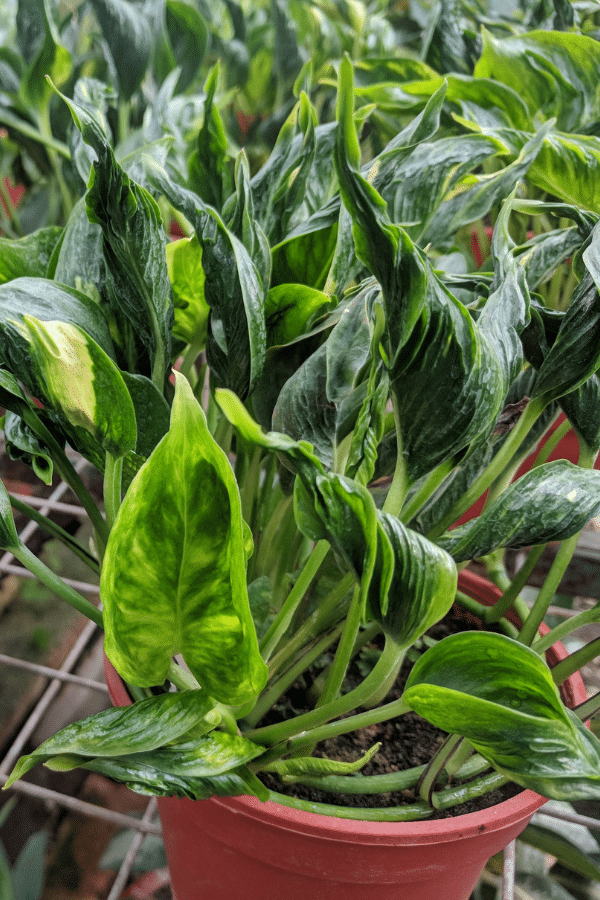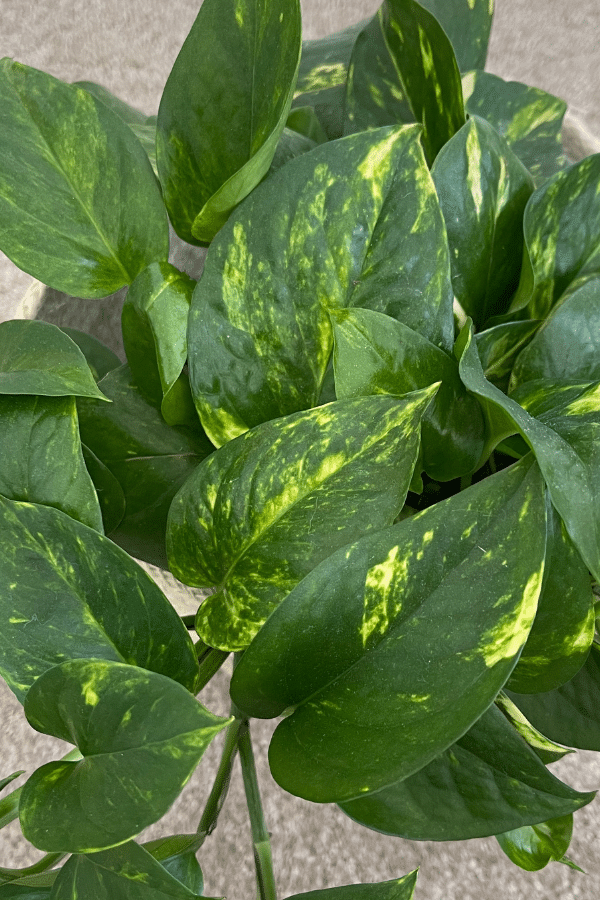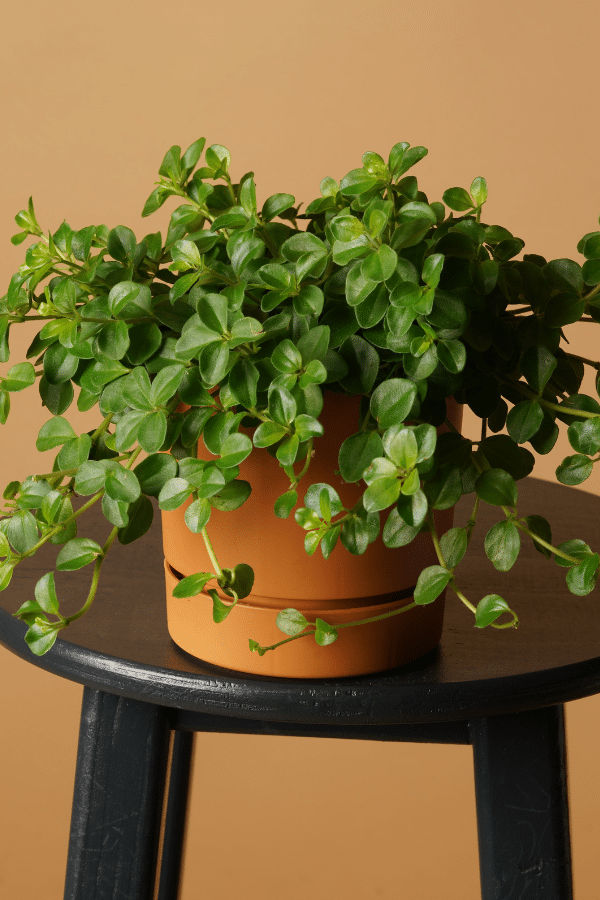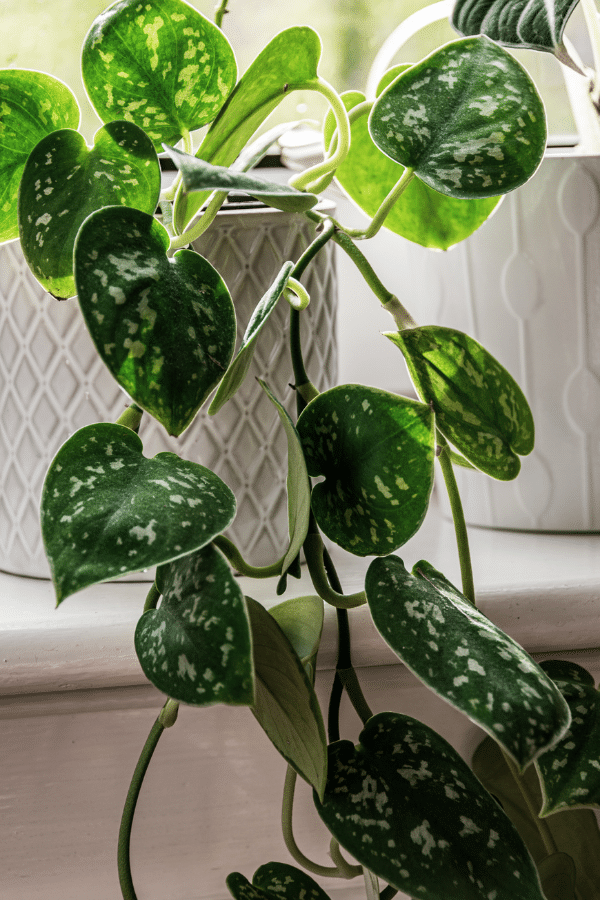Tradescantia Zebrina
Scientific Name: Tradescantia Zebrina
Common Name: Inch Plant, Wandering Jew
Tradescantia Zebrina care is an easy houseplant to grow and care for. If you are looking for a plant with a trailing habit and beautiful, colorful foliage, then an Inch Plant may be for you.
To give this Tradescantia plant the best care, it requires well-draining soil, water the plant when the top two inches of the soil is dry, provide it with bright indirect sunlight, temperatures ranging from 50-85F, and average to high humidity levels.
Quick Care Overview
| Common Name | Wandering Jew, Inch Plant |
| Scientific Name | Tradescantia Zebrina |
| Family | Commelinaceae |
| Origin | Mexico |
| Growth Rate | Fast |
| Identification | Silver, green, blue leaves with purple undersides, cascading |
| Height | Up to 2 feet in length |
| Soil | Well-draining soil |
| Water | Water when top two inches of soil is dry |
| Temperature | 50-85F |
| Sunlight | Bright indirect sunlight |
| Toxic to Cats & Dogs | Yes |
| Toxic to Humans | Yes |
| Pests | Aphids, scale, spider mites |
| Diseases | Root rot |
Below we will dive deep into this Tradescantia Zebrina care guide.
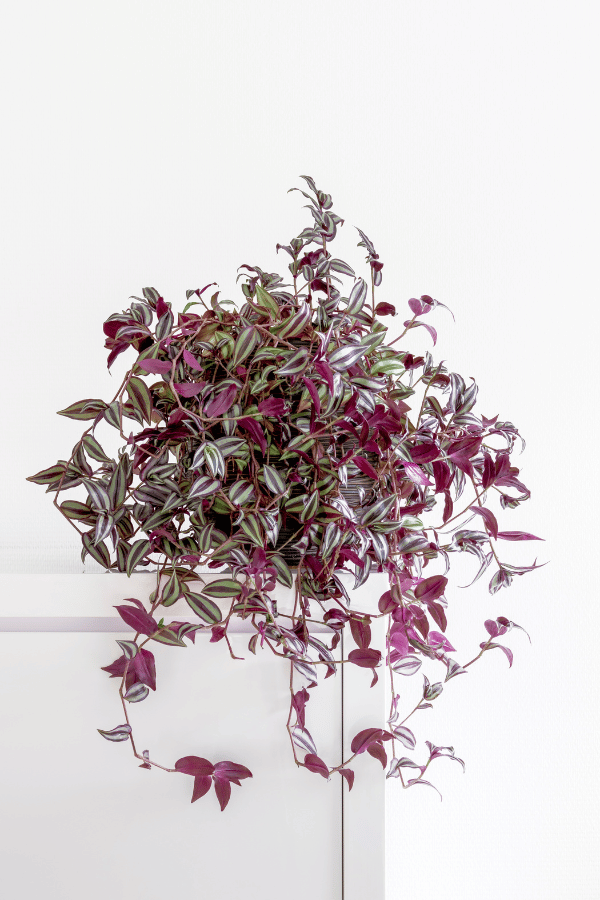
Tradescantia Zebrina History
Mexico native, Tradescantia Zebrina, known as the Inch Plant and Wandering Jew, is a lovely colorful evergreen plant commonly found in hanging baskets. These plants may also be grown outdoors as a groundcover in frost-free environments.
Tradescantia Zebrina Identification
Wandering Jew Plants are known for their gorgeous cascading foliage. Leaves are striped in silver gray and greenish blue colors with dark purple undersides. Ovate leaves will grow to become about 2.5 inches long. Stems can trail up to 2 feet long.
Tradescantia Zebrina Growth Facts
Tradescantia Zebrina is a quick-growing plant that will proliferate if given proper care.
How Big Does a Tradescantia Zebrina Get?
Trailing stems may grow up to 2 feet long.
Tradescantia Zebrina Care
Tradescantia Zebrina is a perfect plant for beginners due to its hardiness and robust growth.
Tradescantia Zebrina Soil
Tradescantia Zebrina will do well if grown in an airy, well-draining soil mix. You may create your own perfect mix by combining compost, commercial potting soil, and coarse sand at a 1:1:1 ratio. Ensure that you select a container with ample drainage holes.
Tradescantia Zebrina Fertilizer
Tradescantia Zebrina should be fed by a balanced, liquid fertilizer monthly during the warm growing season. Fertilizer may be diluted to half-strength. Ensure that you follow all label instructions. Do not feed your Wandering Jew in late fall or winter. Overfertilization may lead to permanent damage from chemical burn.
Tradescantia Zebrina Watering
Tradescantia Zebrina prefers to be consistently moist but not oversaturated with water. When the top 2-3 inches of soil has become dry, it is time to rewater. Depending on growing conditions, you will likely need to water your plant once a week during the warm growing months. Watering frequency may be reduced in winter. Ensure you do not allow your plant to sit in standing water within the plant container’s drainage tray.
Tradescantia Zebrina Light Requirements
Tradescantia Zebrina will tolerate lower light conditions. However, this will lead to foliage fading. Therefore, your Wandering Jew plant will do best if kept in bright indirect light. Do not expose your Tradescantia zebrina to too intense of direct sunlight, as this may lead to foliage scorching.
Tradescantia Zebrina Temperature & Humidity
Tradescantia Zebrina will do best if kept in a warm environment. Indoor temperatures between 50-85 degrees Fahrenheit will be perfect for your plant. Avoid exposing your plant to temperatures below 50 degrees Fahrenheit, which may lead to permanent damage. While your Wandering Jew will benefit from additional humidity, it does not require above-average humidity to thrive. However, you should keep your plant away from large fluctuations in temperature. Do not place your plant next to heaters, vents, AC units, or drafts. You may boost your Tradescantia zebrina’s growth by installing a pebble tray or a humidifier.
Repotting Tradescantia Zebrina
Tradescantia Zebrina will need to be repotted every 1-2 years or whenever roots are seen poking out of its container’s drainage holes. Select a container that is 1-2 inches larger than the previous one.
Tradescantia Zebrina Maintenance & Pruning
Tradescantia Zebrina does not require much pruning. You may keep back the size of your plant or promote bushier growth by pinching off stem tips. Periodically remove any dead, diseased, or discolored foliage and stems. Sap excreted from the Wandering Jew can cause contact dermatitis in some individuals, so glove-wearing is recommended. When using pruning shears, ensure that they are clean to prohibit the transfer of disease.

Tradescantia Zebrina Propagation
Propagation of Tradescantia Zebrina is easy and may be done through stem cuttings. To propagate, take a cutting that is 4-6 inches long. Place the cutting into soil and water thoroughly. Next, place the cutting into indirect light and keep it moist. Roots should form within two months.
Tradescantia Zebrina Toxicity
Toxicity to Humans
Tradescantia Zebrina is considered toxic to humans and should not be consumed. As its saps causes contact dermatitis to some, it is recommended to wear gloves when handling this plant. Keep your Tradescantia Zebrina out of reach of children and babies.
Toxicity to Cats & Dogs
The Wandering Jew plant is considered toxic to pets and should be kept out of their reach.

Tradescantia Zebrina Problems
Tradescantia Zebrina Leaves Turning Yellow
When it comes to yellowing foliage of your Tradescantia Zebrina, it may be due to overwatering, lack of sunlight, or temperature fluctuations. Do not allow your plant to sit in standing water within the plant container’s drainage tray.
Tradescantia Zebrina Leaves Turning Brown
When the foliage of your Tradescantia Zebrina turns brown, it is typically due to underwatering or too much direct sunlight.
Tradescantia Zebrina Diseases
Although Tradescantia Zebrina is considered primarily disease resistant, they are still susceptible to issues related to overwatering, such as root rot. Therefore, ensure that you do not overwater your plant.
Tradescantia Zebrina Pests
Tradescantia Zebrina may become susceptible to common indoor houseplant pests such as aphids, scale, spider mites, and more. Upon identification of an infestation, isolate your plant, and treat it with a pesticide such as neem oil or insecticidal soap.

